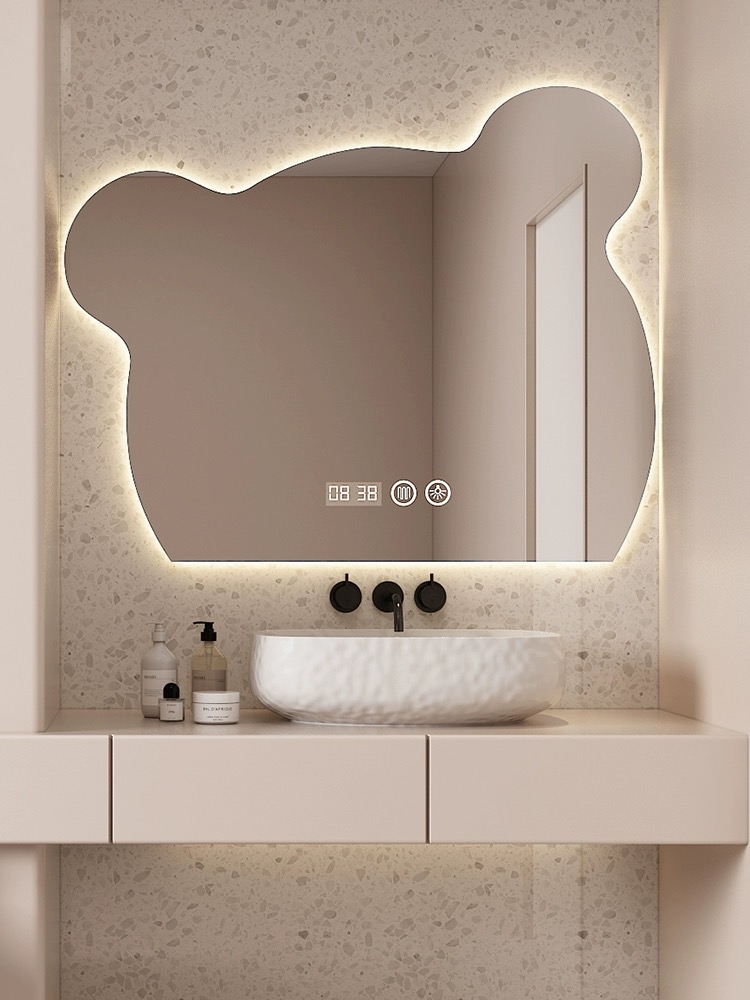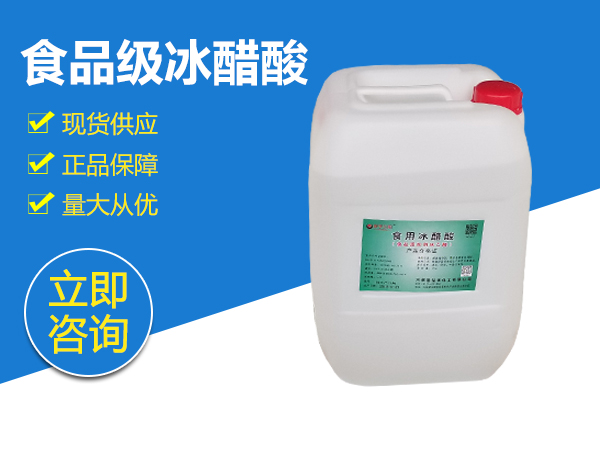

Float glass is an integral part of modern architecture and design, yet many people remain unaware of the variety of types available, each tailored to specific applications and aesthetics. Leveraging decades of experience in the glass industry, this article delves into the diverse types of float glass, offering insights that stem from both professional expertise and practical application.

Ordinary Float Glass
The most common type, ordinary float glass is produced by floating molten glass on a bed of molten tin, resulting in a flat and flawless surface. This type is often used in windows and glass doors, providing a clear view while serving as an excellent base for further processing. Its high light transmission and flexible thickness make it suitable for a range of uses, from residential to commercial applications. Our extensive experience in the field has shown that ordinary float glass is a cost-effective solution that does not compromise on quality, making it a staple in the glass market.

Tempered Float Glass
Safety is paramount in environments prone to impacts or heavy usage, which is where tempered float glass comes into play. By heating ordinary float glass to high temperatures and then cooling it rapidly, tempered glass gains up to five times the strength of its counterpart. It shatters into small, less harmful pieces, reducing injury risks. In our practice, tempered glass has proven indispensable in high-traffic areas such as schools, offices, and storefronts, providing peace of mind without sacrificing aesthetic appeal.
Laminated Float Glass
For applications where security and sound insulation are critical, laminated float glass stands out as an exceptional choice. Consisting of two or more layers of glass bonded with a plastic interlayer, laminated glass not only absorbs sound but also retains shards upon impact, offering an additional safety layer. Our projects in urban settings have consistently utilized laminated glass for both its protective qualities and noise reduction capabilities, making it a favored option among architects and designers.
Tinted and Reflective Float Glass
Balancing aesthetics with functionality, tinted and reflective float glass offers both style and energy efficiency. Tinted glass, infused with coloring agents during production, reduces glare and heat penetration, contributing to energy savings in climate-controlled environments. Reflective glass, on the other hand, features a metallic coating that acts as a mirror, reflecting heat and maintaining privacy. Expertise in these products reveals their extensive use in modern skyscrapers and upscale residences, where environmental control and design sophistication are paramount.
Low-E Float Glass
Low-emissivity (Low-E) float glass epitomizes advanced technological applications in glass manufacturing. This type is coated with microscopically thin metal oxides, minimizing infrared and ultraviolet light penetration while maximizing visible light transmission. It is a critical element in energy-efficient architecture, reducing heating and cooling costs. Our collaboration with environmental engineers has underscored its importance in sustainable building practices, proving that innovation in glass technology can significantly impact energy conservation.
Patterned Float Glass
Adding a decorative element to functional spaces, patterned float glass offers both variety and versatility. Embossed with various designs during production, this type of glass can obscure visibility while allowing light to pass through, making it ideal for privacy-focused interiors like bathrooms and office partitions. Our in-depth experience in interior design projects highlights its ability to blend privacy with style, showcasing both practicality and personalized aesthetics.
Understanding the nuances of float glass types is essential for making informed decisions that align with specific project goals and requirements. Each type of float glass provides unique benefits, informed by empirical knowledge and industry authority to match the diverse needs of consumers. Trust in the expertise and proven track records behind these products ensures the optimal selection for architectural and functional purposes.